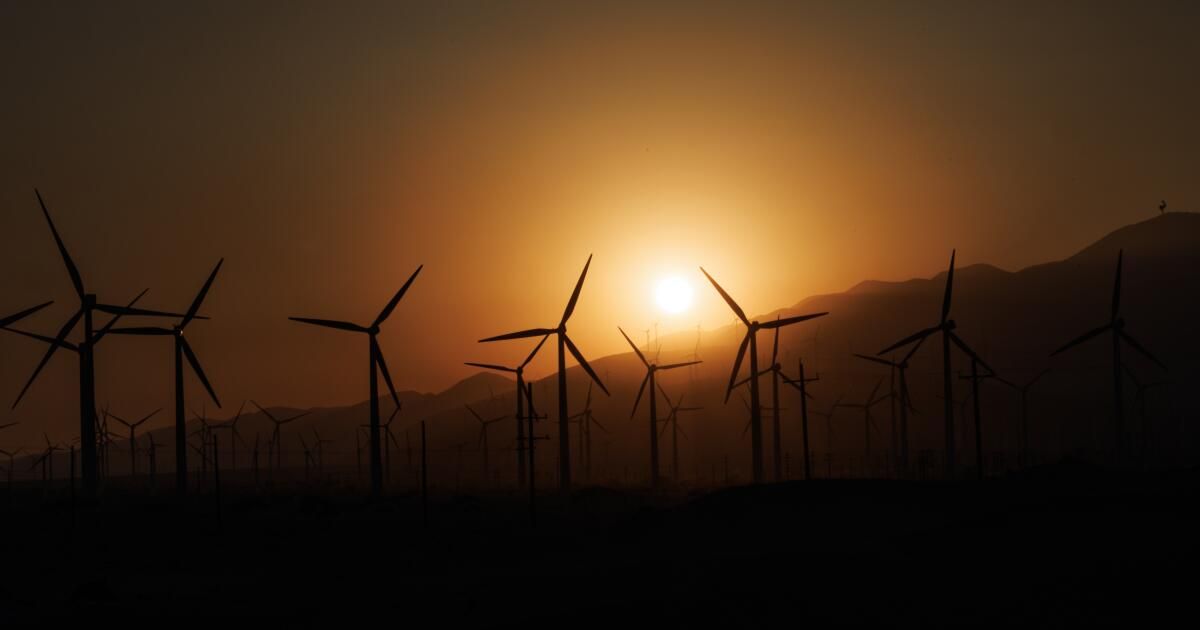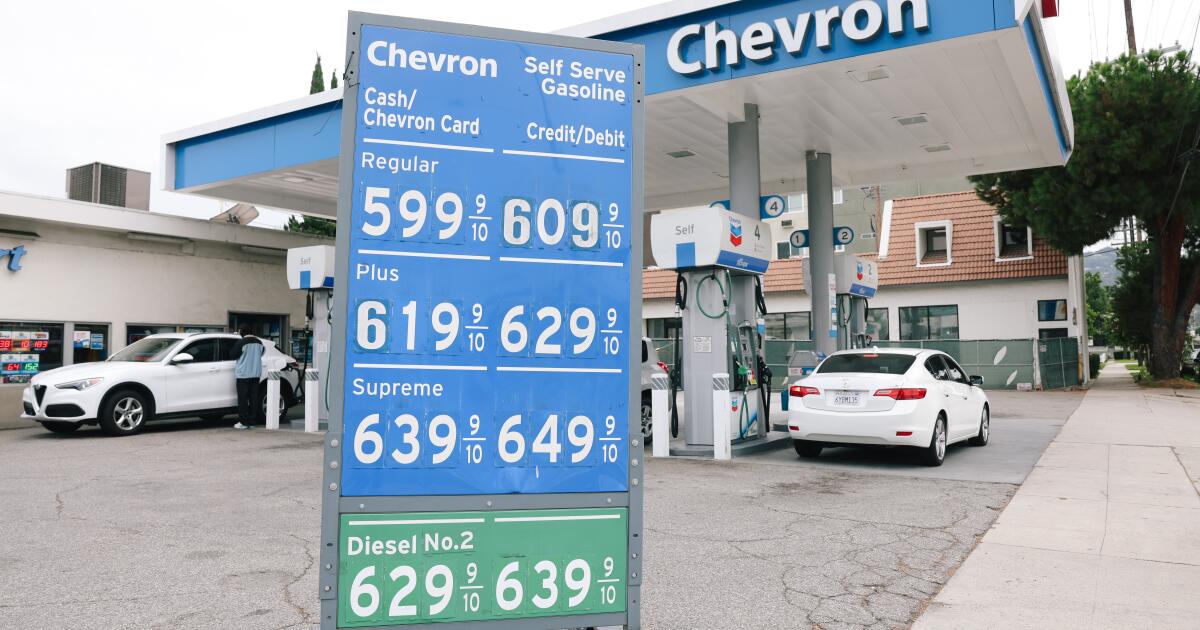It is alarming that just a few weeks into summer we have already experienced a prolonged heat wave that has put an estimated 36 million Americans under excessive heat warnings and set temperature records across the West.
Palm Springs hit 124 degrees on Friday, an all-time high. Redding hit a record 119 degrees on Saturday. And on Sunday, Las Vegas hit 120 degrees, breaking its previous record by three degrees. Globally, June marked the 13th consecutive month of record-breaking temperatures.
But all the attention focused on numbers can overshadow the broader, more terrifying context: We live in a dangerous new era of more frequent, more destructive and more deadly disasters, fueled by humanity's continued greenhouse gas pollution.
The top threat is extreme heat, which kills more Americans than wildfires, hurricanes, floods or tornadoes. Heat waves are estimated to have caused an economic impact of $7.7 billion over the past decade in California alone, including lost wages, agricultural disruption, power outages and damage to infrastructure and health.
But even as Americans die from preventable heat-related illnesses, policymakers are failing to use all the tools at their disposal to respond. We need an urgent change of course — not just by ending the burning of fossil fuels, but by doing much more to keep people safe.
While state and federal officials have made some progress with new efforts to warn people about the dangers of extreme heat and protect workers From heat illness to death, they are still not doing everything they can to respond to this growing threat.
A case in point: No U.S. president has ever issued an emergency or major disaster declaration for extreme heat. President Carter rejected a request from Missouri in 1980 after nearly 400 people died in a heat wave, and President Clinton rejected a declaration for the heat wave that killed more than 700 people in Chicago in 1995.
In 2022, President Biden rejected a major disaster declaration Gov. Gavin Newsom’s request for the 10-day heat dome that killed an estimated 395 Californians, caused more than $3 billion in economic damages and “created weather and environmental conditions that significantly exacerbated the ignition and spread of wildfires in California,” destroying 183 homes.
The Federal Emergency Management Agency has rejected all such requests on the grounds that conditions have not been of such “severity and magnitude” that an effective response is beyond the capacity of state and local government. That is the threshold set in the Stafford Actthe law governing federal disaster relief.
The federal government must revise its outdated view of what constitutes a disaster now that the planet is about 2.5 degrees warmer than in pre-industrial times and the 10 hottest years on record have all occurred in the past decade.
The Biden administration should seriously consider a petition filed last month Environmental, labor and health organizations are calling on FEMA to recognize extreme heat and wildfire smoke as major disasters. They say federal disaster relief funds could pay for life-saving infrastructure such as cooling centers with air filtration systems and community solar and storage systems to help vulnerable communities stay cool and safe when the power grid is affected. Including wildfire smoke is appropriate because this interconnected, climate-fueled health threat is also causing widespread illness and premature deaths — and it’s getting worse as temperatures rise.
The Extreme Heat Emergency Act, introduced last year, would amend the Stafford Act to specify that extreme heat is a type of major disaster, but should not require legislation for FEMA to adapt to the times.
The law already applies to “any natural catastrophe,” and environmental, worker and health advocates say it’s broad enough to include heat and any other type of disaster, even if they’re not listed, such as the COVID-19 pandemic. Even FEMA acknowledges there’s nothing specific in that 1974 law that prevents a declaration for extreme heat or wildfire smoke.
There are few areas where modernizing disaster response is more urgent than in the case of heat waves. Old methods are no longer sufficient. Americans deserve a robust strategy that adapts to our new climate reality.











